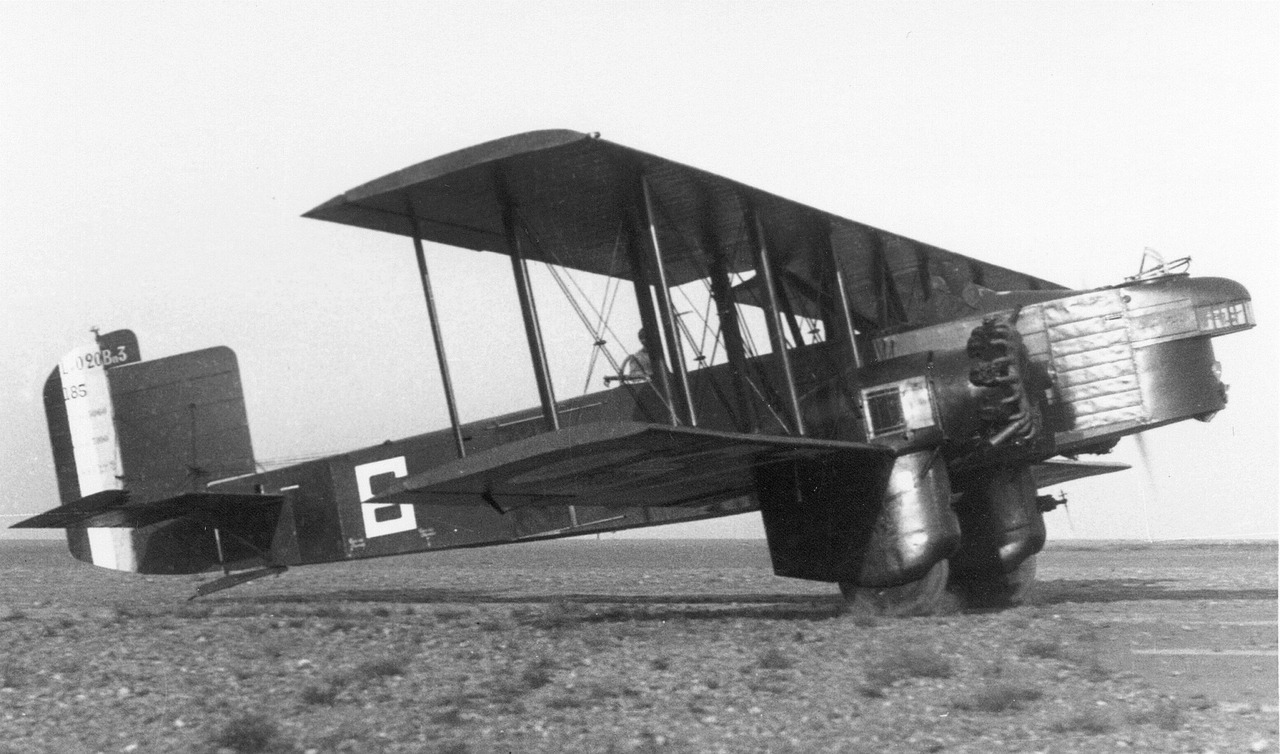 |
Site en Français
|
|
LIORE-OLIVIER LeO 20

|
Type
|
Three-seater
night bomber
|
Date first flight
|
September
1926
|
|
Wingspan
|
22,25 m
|
Lenght
|
13,81 m
|
|
Height
|
4,26 m
|
Wing Area
|
105 m2
|
|
Empty Weight
|
2725 Kg
|
Max. Takeoff Weight
|
5460 Kg
|
|
Cruising Speed
|
175 km/h.
|
Maximum Speed
|
198 km/h at 0m
|
|
Climbing Speed
|
4000m
in 25mn 13s
|
Service ceilling
|
5700m
|
|
Range
|
1000 kms
|
Crew
|
3 Men
|
|
Motorization
|
2 Gnome
and Rhône 14N 9Ady 9 Cyl. air-cooled star engines of
420hp each
|
|
Armament
|
2 Lewis 7.7mm machine
guns mobile in the front turret.
2 x 7.7mm Lewis
rear turret machine guns
1 Lewis machine
gun in retractable rear ventral turret
1000 kg of bombs
|
324
Copies have been built since the date of the first flight in September
1926.
To date,
of the 324 aircraft manufactured, 3 are listed below:

In June 1924, the Leo 12
bomber made its first flight. This aircraft, a twin-engine two-seater
studied by the company Lioré & Olivier, is manufactured
in four copies. Powered by 400 hp Lorraine-Dietrich engines, these
4 prototypes will be used experimentally as night bombers in operational
squadrons. From this first version, the LeO 121 will be extrapolated,
a civil transport aircraft that will be produced in a single unit.
In 1926, a new prototype was launched: the LeO 122, powered by two
420hp Gnome-Rhône (Bristol) Jupiter jets. This version will
not be launched in production either, but will serve as a basis
for the LeO 20 version, which will be a great success as a night
bomber.
The LeO 20, larger than the LeO 122, had a rustic and simple appearance:
a fuselage of rectagular section carried by two rectangular wings
of identical sizes and connected between them by three pairs of
masts. To take care of its aerodynamics (!) it was equipped with
a streamlined fixed landing gear. More than 320 of this 4/5-seater
bomber were built and it was not withdrawn from active service until
1937. During its long career, several developments were experimented:
thus a specimen received a gun of 37mm instead of the twin machine
guns in the front turret. Another was used as a test bed for Gnôme
Rhône compressor engines. Under the name LeO 201, some aircraft
will be transformed into training aircraft capable of carrying parachutists.
The LeO was also used by the Aéronautique Navale and exported
to Roumanioe (7 aircraft) and Brazil (2 copies).
On the basis of the Leo
20, a four-engine engine was developed in several versions. The
LeO 203, powered by 7Kb Gnome-Rhone 7Kb star engines with 300 hp,
made its first flight in March 1931. Its engines were installed
in tandem pairs on the low wings. The LeO 205, equipped with four
Renault 9 Ca engines, was similar to the LeO 203. The LeO 204 was
only the naval variation of the LeO 203, logically equipped with
floats. In the end, only the LeO 206 was put into production, about
forty aircraft. This version, equipped with Gnome-Rhône 7
Kds engines of 350 hp compressed had a redesigned nose, it had a
tail machine gun and a ventral gondola which sheltered the machine
gunner defending the lower sector.
We can finally mention the LeO 207 and LeO 208 which will close
the development of the LeO20. The Leo 207 was motorized by Gnome-Rhône
Titan Major, and known a small production (3 specimens). The LeO
208, developed in 1936, was a more advanced version than the previous
ones: apart from the more powerful Gnome-Rhône 14 engines
(770 hp), the wing area of the low wings was reduced by reducing
the strings : the cabin is now closed and the landing gear is retractable.
The LeO 208 is much more powerful than the ageing LeO 20, it reached
325km/h, but no further action is taken on this version .
|
Versions
|
Number
|
Description
|
|
LeO
12
|
4
|
First
aircraft in the series: 400 bhp Lorraine-Dietrich powered twin-engine
engine |
|
LeO
121
|
1
|
Civil
transport aircraft derived from the LeO 12 |
|
LeO
122
|
1
|
Powered
by two 420hp Gnome-Rhône (Bristol) Jupiter engines, this
version will give birth to the LeO 20 |
|
LeO
20
|
324
|
Serial
version used by the French Air Force and Naval Aviation. Exported
to Romania (7 aircraft) and Brazil (2 aircraft). |
|
LeO
201
|
|
Training
version that can take parachutists with it |
|
LeO
203
|
1
|
Four-engine
derived from the LeO 20, powered by 4 Gnome-Rhône 7Kb
star engines of 300hp mounted in tandem on the lower wing. |
|
LeO
H-204
|
1
|
Identical
version to the LeO 203, equipped with floats developed for the
Naval Aeronautics industry |
|
LeO
205
|
1
|
Identical
to the LeO 203, but powered by 4 Renault 9 Ca's |
|
LeO
206
|
37
|
Four-engine
equipped with Gnome-Rhône 7 Kds of 350 hp compressed:
redesigned nose, it had a tail machine gun and a ventral gondola
which sheltered the machine gunner defending the lower sector. |
|
LeO
207
|
3
|
Version
motorized by four Gnome-Rhône Titan Major 360 hp |
|
LeO
208
|
1
|
Powered
by 2 Gnome & Rhône 14Kdrs of 770hp, deeply redesigned,
this version equipped with a retractable train and a closed
capacity had significantly improved performances: it reached
325 km/h. No further development |
.
Photos
Album
Drawing
3 views

|









